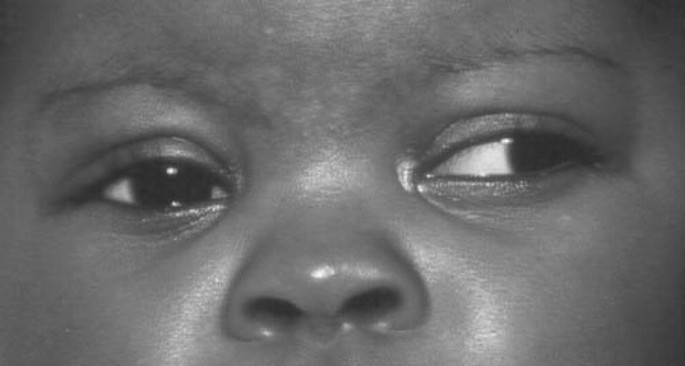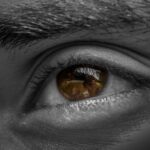The eyes is clearly not a part of the body to be handled roughly, except you want to use stick and definitely no body wants to be asking who is there. With this we will be looking into an eye defect called Exotropia.
Exotropia is a condition in which one or both eyes turn outward away from the nose and it is the opposite of crossed eye. According to an article from vision center published on February 10 2023 saying “It is essential to know that exotropia is not a disease in and of itself, it is a motility disturbance that includes abnormal eye movement or trouble managing eye movement”. It can affect anyone at any age and it’s commonly diagnosed early in life.
There are 4 types of exotropia namely: congenital exotropia, sensory exotropia, acquired exotropia, intermittent exotropia according to an article from healthline published September 27,2021.
CAUSES OF EXOTROPIA
As published in an article from Cleveland clinic published may 25th 2022, the causes of Exotropia include:
GENETICS: A misaligned eyes can run in the family history, from generations and it’s mostly inevitable. This can also occur due to some genetics disorder like cerebral palsy and down syndrome.
EYE MUSCLE WEAKNESS: This is the inability of the eye muscle to control it’s movement and this might be as a result of childhood cataract or glaucoma
CONVERGENCE INSUFFICIENCY (CI): Eyes without ci are able to come together to see an object that is near, while with ci the eyes don’t come together at the right point to see the close up object. If you have ci you probably will have double vision or blurry vision which can lead to exotropia eventually.
NERVOUS SYSTEM CONDITIONS: Having health conditions like stroke or tumors can cause exotropia. It could also be a symptom of these conditions . However, intermittent exotropia sometimes have no cause. This research is according to an article from Cleveland clinic published may 25th 2022.
To conclude this, on a positive note the eye turns only occasionally and when you suspect a misplacement on the eye or an eye turn, it is important to diagnose and treat as early as possible with an eye specialist.



